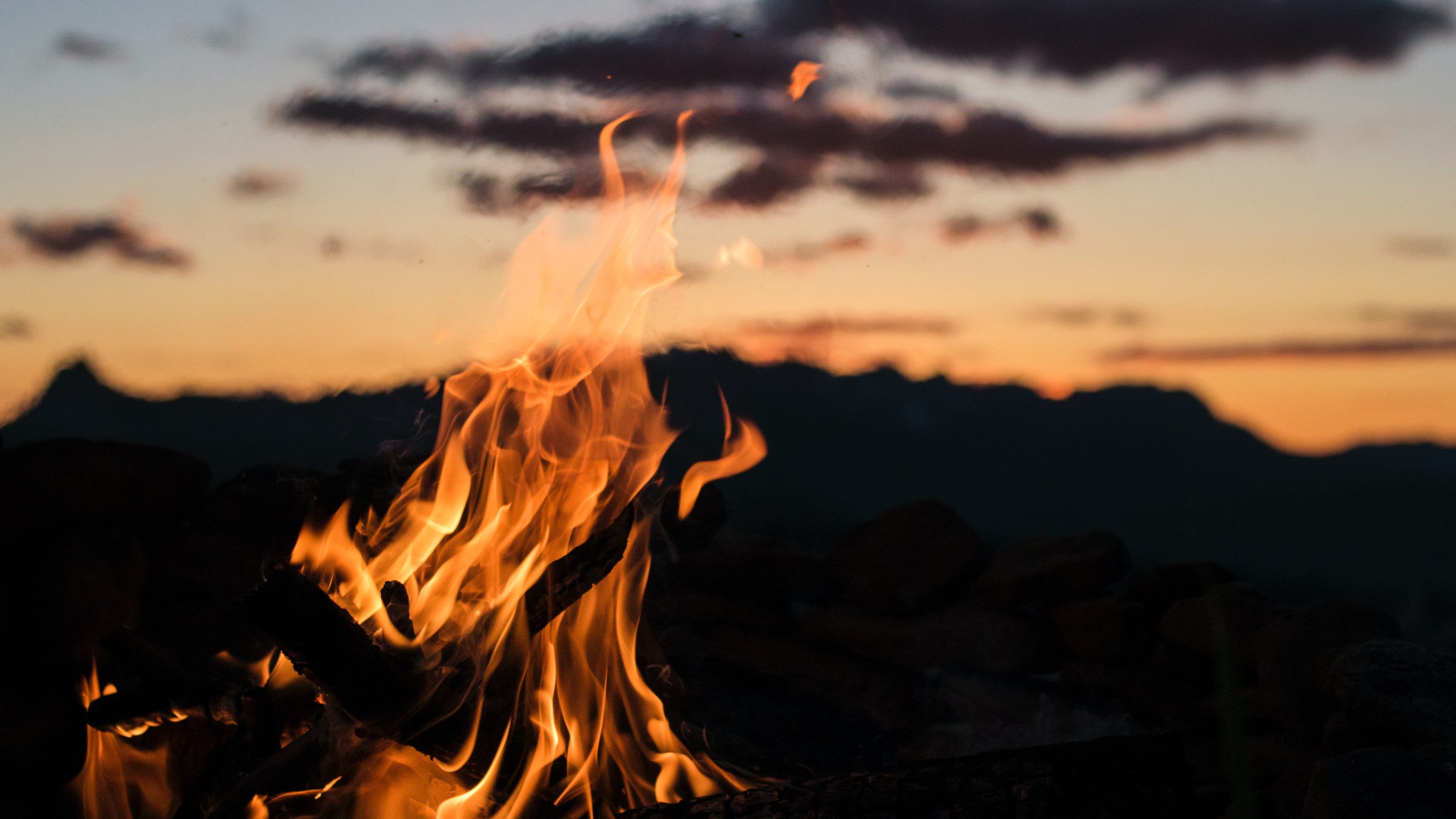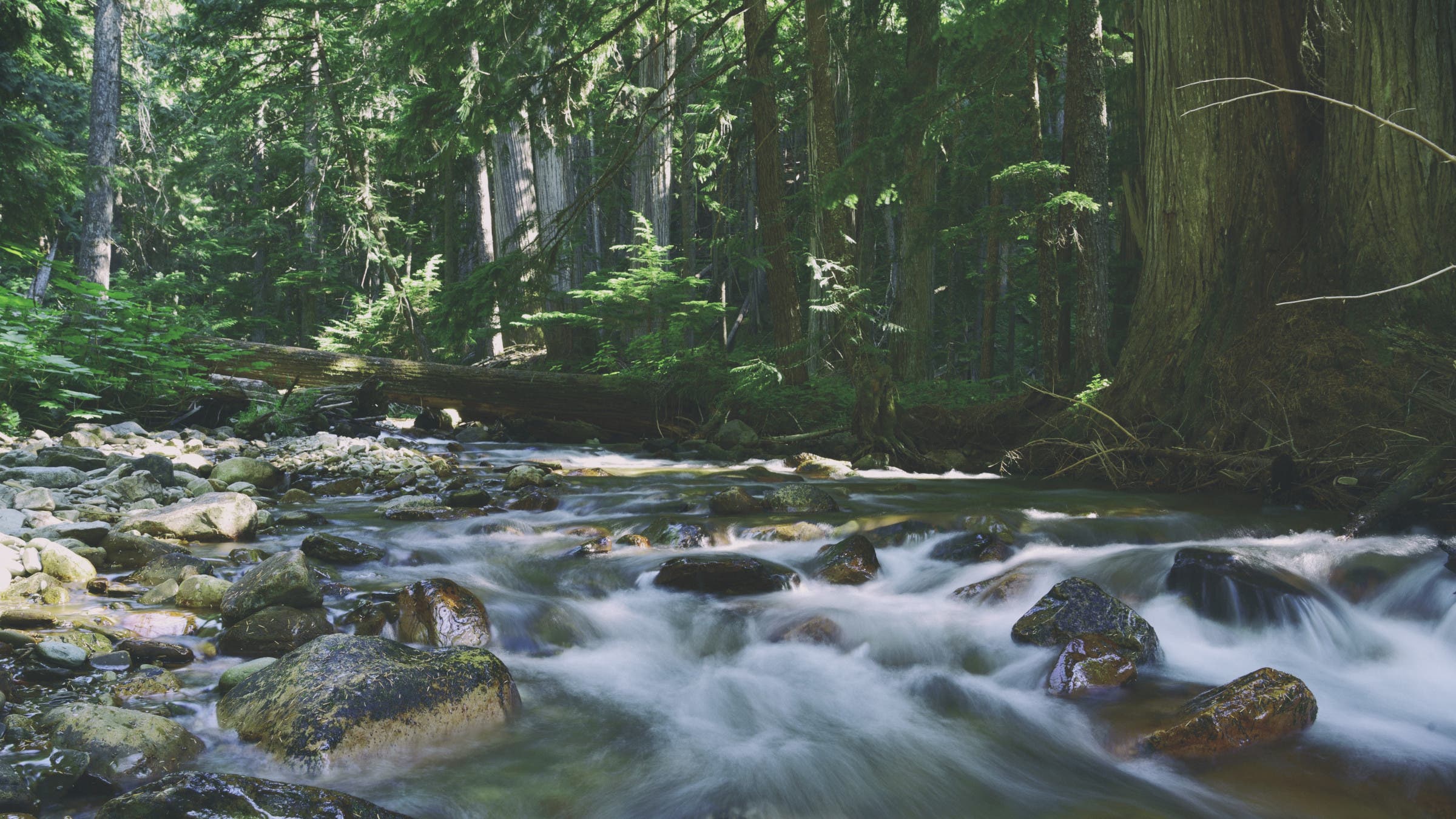Lighting a Campfire? Put it Out the Right Way.

Campfire (Photo: Colter Olmstead)
With temperatures heating up and much of the country still gripped by drought, you would think that practicing fire safety would be a no-brainer for hikers and campers. But for at least a few dozen people in New Mexico this spring, you would be wrong.
Over the course of Mother’s Day weekend, rangers in Santa Fe National Forest discovered almost 30 campfires left burning unattended, the agency said in a press release. Worse yet, not all of those were just smoldering: At least a few were actual, burning logs, as if whoever lit the blaze had just walked away in the middle of it.
“While the vast majority of forest visitors camp responsibly, the handful that do not put the forest and surrounding communities in harm’s way,” the Forest Service said. “It takes only one abandoned campfire in the wrong place at the wrong time to put human lives, natural resources and property at risk.”
Another thing potentially at risk: your hiking season. Forest Service administrators in New Mexico and other dry states periodically close entire swathes of public land to prevent careless campers mistakes from turning into dangerous conflagrations. That’s exactly what the agency did in the summer of 2011, when a massive fire in the Santa Fe National Forest and continued drought conditions led the agency to close it and several other units to all recreation. This summer, the Forest Service did the same in Arizona, closing down several national forests in their entirety to prevent blazes. With forest administrators now weighing fire restrictions and the memory of last year’s catastrophic season still on everyone’s mind, more drastic measures are likely.
The good news: You can be part of the solution. If you’re going to light a campfire, make sure it’s out—dead out—when you walk away. Here’s how to do it right. (Note that we’re assuming here that it’s safe and legal for you to light a campfire in the first place. If in doubt, leave the matches in your pack and bust out the canister stove instead.)

How to Put Out a Campfire the Right Way
First of all, you’ll need water, and a lot of it—the Forest Service recommends five gallons. Unless you’re the world’s strongest human, you’re probably not carrying all of that extra weight in, so you’ll need to be near a water source, whether that’s a stream, a lake, or a well. (At a dry campsite? Dirt and sand are not good substitutes, as hot coals can continue to burn even when they appear to be covered. Instead, save the fire for another trip.)
When it’s time for lights out, pour a gallon of water over your campfire. Once the resulting burst of steam has cleared, grab a shovel and give it a good stir. (In the backcountry, you can use a large stick—just make sure to wet it before and after use so it doesn’t catch.) Continue dousing and stirring until the ash has the consistency of mud and is cold to the touch. (If you’re scared to stick your hand into the coals, that’s a good sign you’re not done putting it out.)